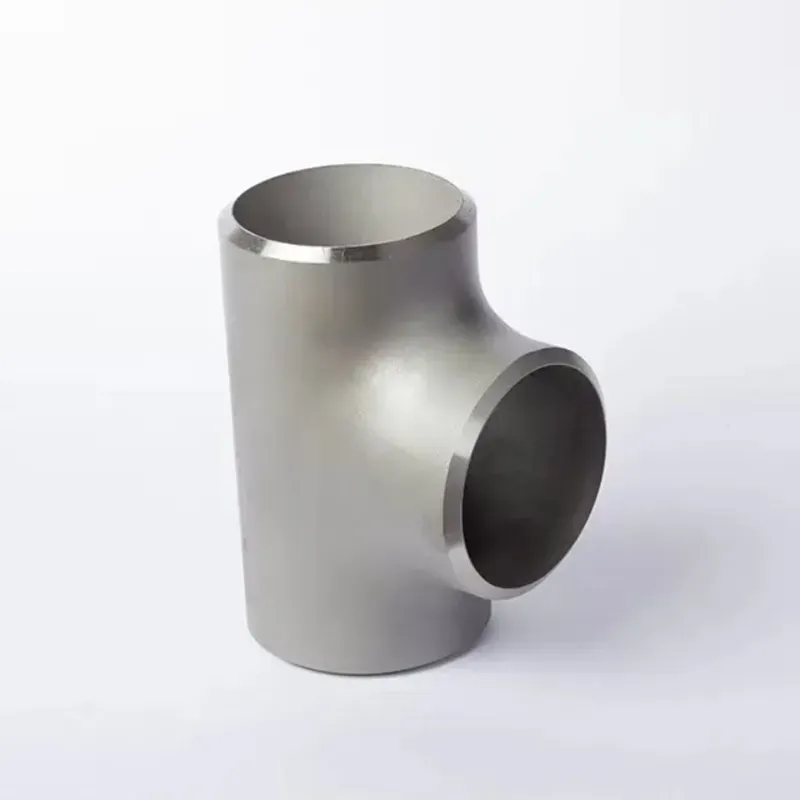-
Cangzhou Yulong Steel Co., Ltd.
-
Phone:
+86 13303177267 -
Email:
admin@ylsteelfittings.com
- English
- Arabic
- Italian
- Spanish
- Portuguese
- German
- kazakh
- Persian
- Greek
- French
- Russian
- Polish
- Thai
- Indonesian
- Vietnamese
- Zulu
- Korean
- Uzbek
- Hindi
- Serbian
- Malay
- Ukrainian
- Gujarati
- Haitian Creole
- hausa
- hawaiian
- Hebrew
- Miao
- Hungarian
- Icelandic
- igbo
- irish
- Japanese
- Javanese
- Kannada
- Khmer
- Rwandese
- Afrikaans
- Albanian
- Amharic
- Armenian
- Azerbaijani
- Basque
- Belarusian
- Bengali
- Bosnian
- Bulgarian
- Catalan
- Cebuano
- China
- China (Taiwan)
- Corsican
- Croatian
- Czech
- Danish
- Esperanto
- Estonian
- Finnish
- Frisian
- Galician
- Georgian
- Kurdish
- Kyrgyz
- Lao
- Latin
- Latvian
- Lithuanian
- Luxembourgish
- Macedonian
- Malgashi
- Malayalam
- Maltese
- Maori
- Marathi
- Mongolian
- Myanmar
- Nepali
- Norwegian
- Norwegian
- Occitan
- Pashto
- Dutch
- Punjabi
- Romanian
- Samoan
- Scottish Gaelic
- Sesotho
- Shona
- Sindhi
- Sinhala
- Slovak
- Slovenian
- Somali
- Sundanese
- Swahili
- Swedish
- Tagalog
- Tajik
- Tamil
- Tatar
- Telugu
- Turkish
- Turkmen
- Urdu
- Uighur
- Welsh
- Bantu
- Yiddish
- Yoruba

Aug . 02, 2024 14:51 Back to list
Exploring Advanced Techniques and Innovations in Metal Machining for Enhanced Manufacturing Efficiency and Precision
Metal Machining An Essential Process in Modern Manufacturing
Metal machining is a pivotal process in the manufacturing industry, playing a crucial role in the production of various components and products. This process involves the removal of material from a workpiece to shape it into the desired form, ensuring accuracy, precision, and a high-quality surface finish. With advancements in technology, machining has evolved significantly, becoming more efficient and versatile to meet the demands of modern engineering and manufacturing.
Fundamentally, metal machining can be categorized into several processes, including turning, milling, drilling, grinding, and electrical discharge machining (EDM). Each of these methods serves specific purposes based on the requirements of the workpiece. For instance, turning involves rotating the workpiece against a cutting tool, allowing for the creation of cylindrical shapes. Milling, on the other hand, uses rotating tools to cut flat surfaces or complex profiles, making it ideal for producing intricate designs.
One of the most significant advancements in metal machining is the incorporation of computer Numerical Control (CNC) technology
. CNC machining automates the machining process through computer programs that control the movements of machinery. This innovation has resulted in increased accuracy and repeatability, reducing human error and enabling manufacturers to produce complex geometries that would be difficult to achieve manually. CNC machines have also enhanced production speed, making it possible to complete tasks that would traditionally require extensive manual labor in a fraction of the time.metal machining

Optimizing the machining process is crucial in achieving cost-effectiveness and efficiency. Manufacturers continuously strive to find the right balance between cutting speed, tool life, and surface finish quality. Implementing advanced tooling and cutting fluids can significantly impact the machining outcomes. High-speed steel (HSS) and carbide tools, for instance, are commonly used for their durability and sharpness. Meanwhile, the use of cooling and lubrication fluids helps to dissipate heat generated during machining, prolonging tool life and ensuring a better surface finish.
Moreover, the importance of metal machining extends beyond just manufacturing components. It is integral to industries such as automotive, aerospace, medical, and military sectors where precision and reliability are paramount. For example, in the aerospace industry, components must adhere to strict regulations regarding weight and strength, necessitating advanced machining techniques to ensure each part meets exact specifications. Similarly, in the medical field, machining allows for the production of surgical instruments and implants that must comply with high standards of safety and efficacy.
Despite its benefits, the metal machining industry faces challenges such as the rising cost of raw materials and the need for skilled labor. As technology evolves, there is also a growing demand for workers who are proficient in operating advanced CNC machines and understanding computer-aided design (CAD) and computer-aided manufacturing (CAM) software. Therefore, training and education become vital in ensuring that the workforce can adapt to these changes and sustain the industry's growth.
In conclusion, metal machining is a foundational process that underpins modern manufacturing. By continually adapting to technological advancements and optimizing operations, the industry plays a critical role in producing components that are essential to various sectors. As we move forward, the focus on innovation, efficiency, and skilled labor will likely define the future of metal machining, ensuring that it remains a vital component of global manufacturing practices.
Latest news
-
ANSI 150P SS304 SO FLANGE
NewsFeb.14,2025
-
ASTM A333GR6 STEEL PIPE
NewsJan.20,2025
-
ANSI B16.5 WELDING NECK FLANGE
NewsJan.15,2026
-
ANSI B16.5 SLIP-ON FLANGE
NewsApr.19,2024
-
SABS 1123 FLANGE
NewsJan.15,2025
-
DIN86044 PLATE FLANGE
NewsApr.19,2024
-
DIN2527 BLIND FLANGE
NewsApr.12,2024
-
JIS B2311 Butt-Welding Fittings LR/SR 45°/90° /180°Seamless/Weld
NewsApr.23,2024











